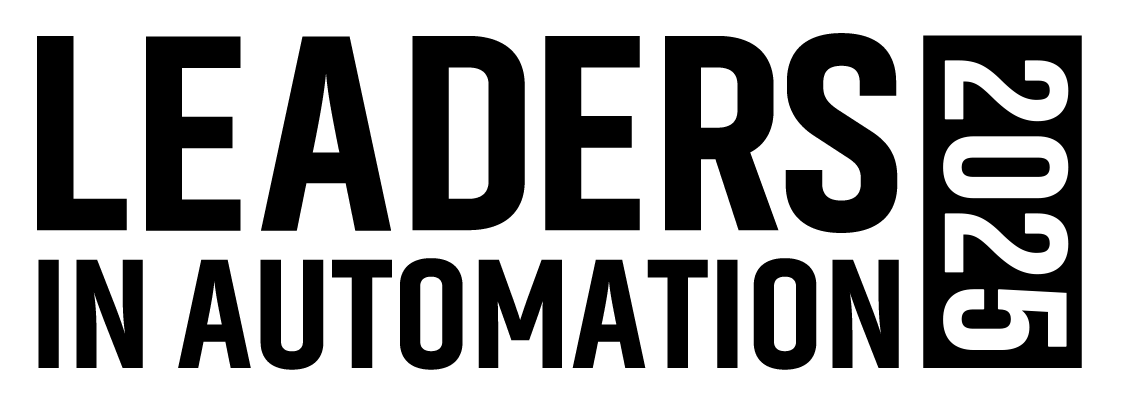Why CMMS Remains Critical to Manufacturing Maintenance
Maintenance, repair and operations (MRO) teams play a crucial role in ensuring a manufacturing organization’s success. In today’s environment, staying competitive means maintaining a tight production schedule, minimizing downtime and ensuring that plants run at peak performance. This creates obvious challenges, especially for maintenance teams operating with a limited budget and a shrinking workforce.
Given this, how can MRO teams deliver greater reliability? The answer to this question for many manufacturers is with the help of a computerized maintenance management system (CMMS) via its ability to enable data-driven maintenance, automate safety practices and integrate with other systems commonly used by manufacturers.
Data-driven maintenance
Like predictive maintenance, data-driven maintenance strategies can dramatically extend asset lifespans, reduce downtime and lower overall maintenance costs. However, many organizations haven’t implemented such strategies because they lack an experienced labor force or a heavy investment in technologies designed to overcome that knowledge gap.
Sifting through piles of condition monitoring data is a labor-intensive process that requires time and experience. Likewise, accurately analyzing that data, contextualizing it and deciding exactly how to respond to changes in asset performance all require expertise and time.
CMMS helps here through its ability to automate many of the processes that drive a successful predictive maintenance approach. A CMMS can act as a central repository of information for all a plant’s activities. When a condition monitoring sensor issues an alert, such as for high vibration levels or a shift in performance data, that alert triggers a response to the CMMS.
The CMMS responds to the alert trigger by quickly compiling all the relevant information teams will need to address the problem. That includes asset health and relevant work order histories. It also includes a list of all the spare parts and tools that maintenance crews will need to fix the issue, along with a detailed checklist of tasks broken down into steps. The CMMS can even check existing employee schedules and make recommendations about how to prioritize and schedule jobs.
An effective CMMS presents all this contextual information in an organized, easy-to-read format. The software can even generate work orders in response to data from sensors, supervisory control and data acquisition (SCADA) systems or building management systems (BMS). This means that no time is lost between the alert and the next maintenance process. The work orders will automatically include all the relevant information and directions so that teams can get the job done right the first time.
Automating safety
A CMMS can’t perform maintenance tasks or physically protect workers, but it can automate processes that help keep them safe.
The software’s workflow engine can be configured to include safety precautions in every work order. This issue comes up frequently in electrical work, where it’s often essential to make sure that electrical units are securely turned off before technicians get to work repairing them. Building that step directly into the work order protects technicians against potentially deadly accidents that could otherwise result from avoidable, careless errors.
A CMMS can also recognize when a maintenance task involves potential danger. In such cases, the software automatically adds the necessary safety precautions to the work order checklist. This can include everything from reminders to shut down machines to details about specific equipment via safety directions, manuals and step-by-step guides to processes that can keep employees safe.
A good CMMS will also have a mobile version that workers can access and use even when an internet connection isn’t available.
Beyond safety precautions, a CMMS can standardize maintenance workflows and ensure that crucial steps are always automatically included in work order checklists to ensure that teams stay safe and jobs get done correctly every time.
Integration
A key feature to look for in any CMMS is its ability to easily integrate with third-party systems.
Typical CMMS integrations include SCADA, enterprise resource planning (ERP) and BMS systems. Integration with these systems gives CMMS access to siloed production data so that the software can more effectively set maintenance priorities.
Integration with business intelligence (BI) platforms and ERP can also drive smart inventory decisions. CMMS excels at inventory and spare parts management, as the software can track work orders to predict when new parts need to be ordered. When you combine that functionality with an ERP's financial capabilities, it’s much easier to track purchases, monitor prices and make smart decisions. This process also helps with forecasting and planning.
A good CMMS can also integrate with customer relationship management (CRM) systems as well as commonly used communication platforms like Slack and Outlook. This breaks down siloes and connects otherwise isolated teams within the larger organization, enabling better data-sharing and ensuring decision-makers are on the same page.
Michael Mills is technical manager at Fluke Reliability.
About the Author

Leaders relevant to this article:

